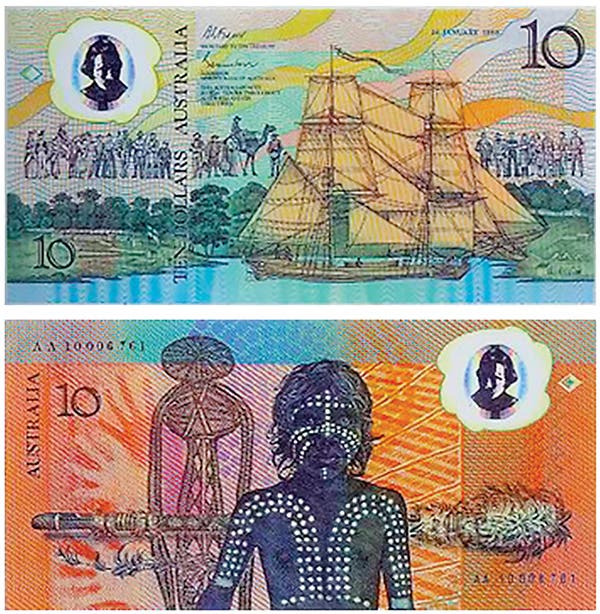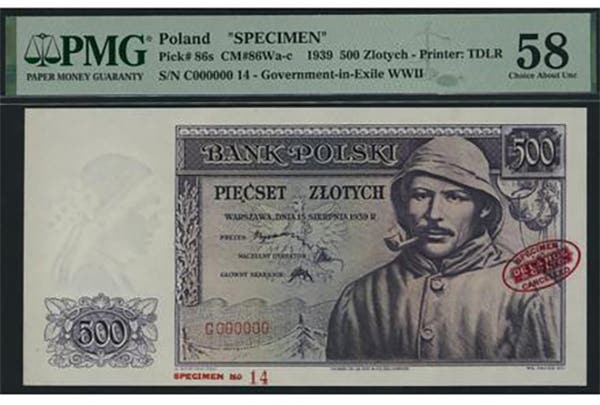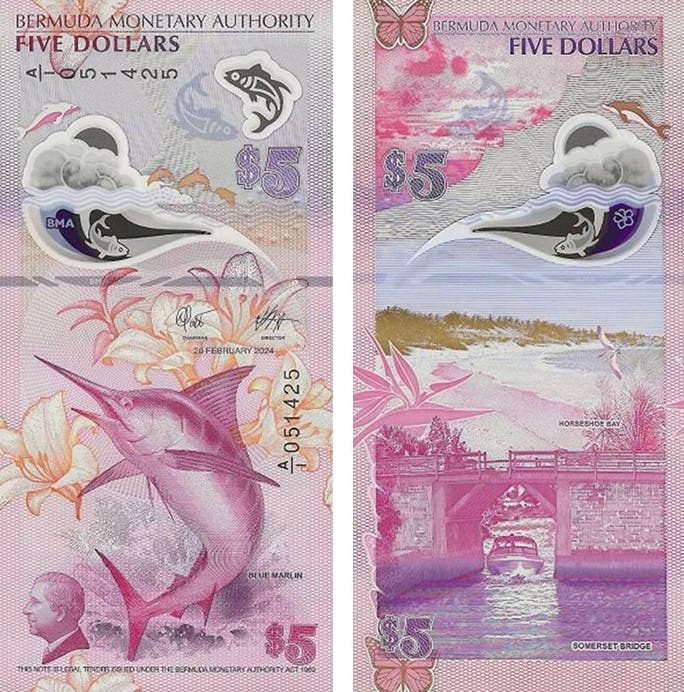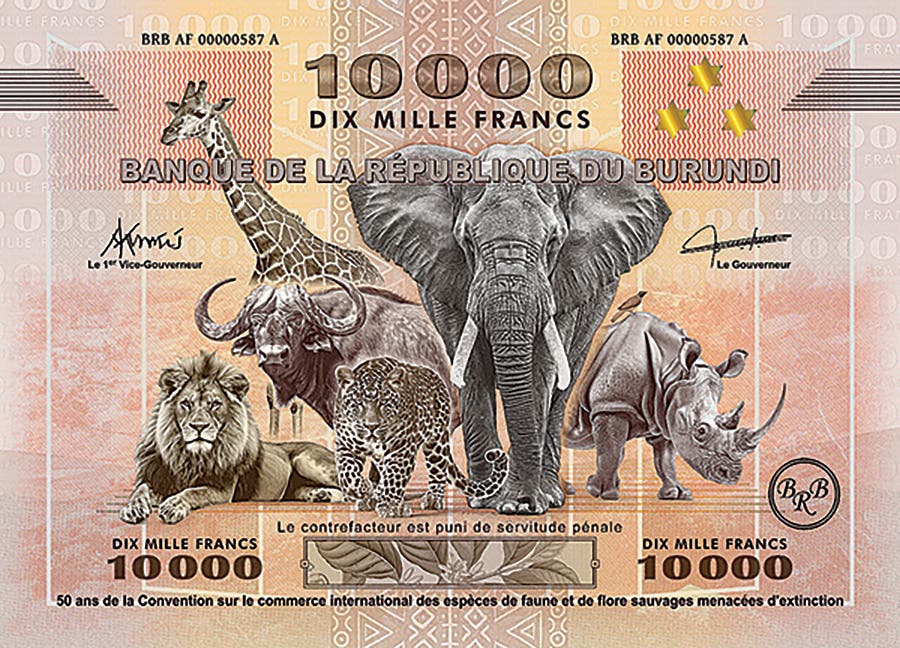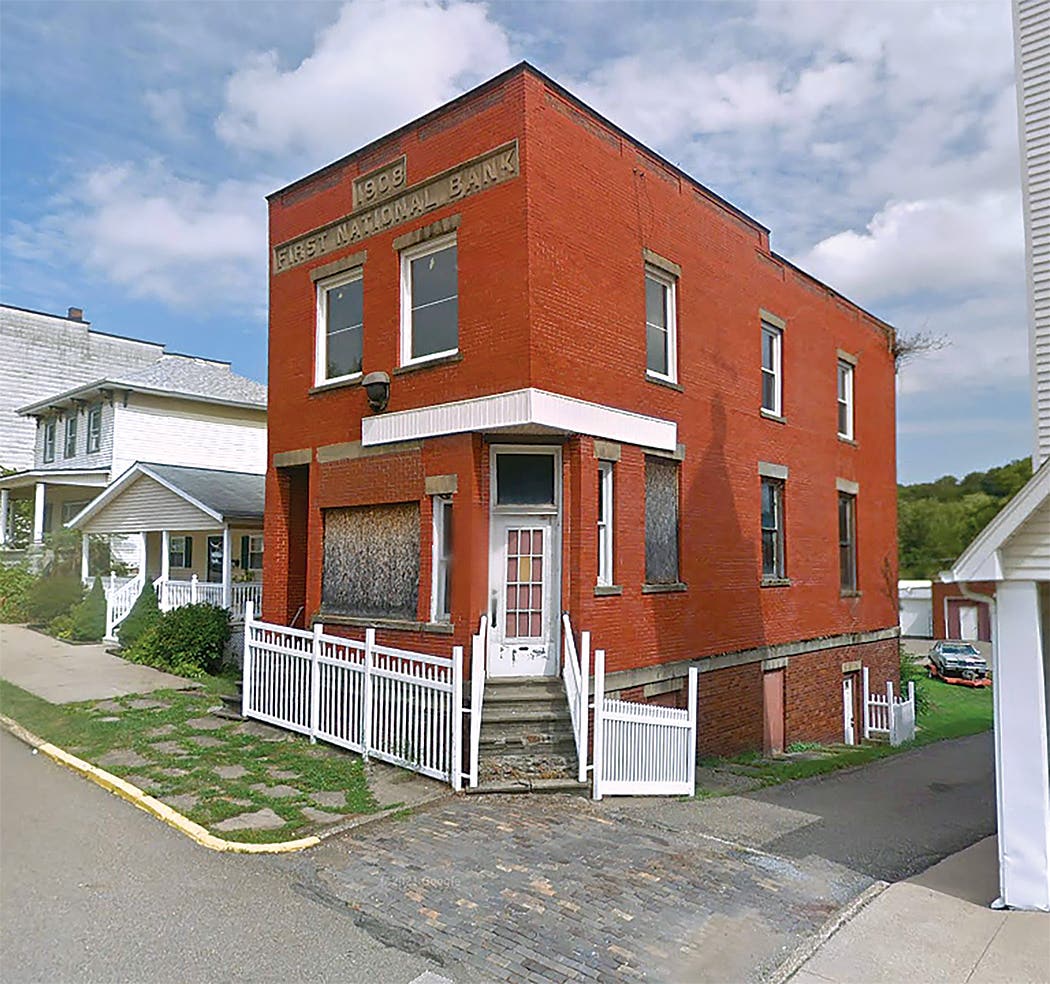Town name changes on Series 1929 Nationals
By Peter Huntoon Out of all the 6,996 banks that issued Series of 1929 notes, only 18 experienced town name changes during the 1929 era and issued notes with both…
By Peter Huntoon
Out of all the 6,996 banks that issued Series of 1929 notes, only 18 experienced town name changes during the 1929 era and issued notes with both names.
We are going to be very liberal here in our admission criteria to this small club. We’ll define a change in town name to include any difference including spelling, presentation and even one misspelling! To do otherwise would make our list so short, it hardly would be viable!
Table 1 is a listing of these notes, along with an explanation for the changes. I have included photo pairs of all for which I have been able to secure photos with both names. The key within each of these pairs is that the charter number is the same. I looked under every rock I knew of to find these. My primary sources were the Heritage Auction Archives, the National Currency Foundation websites, and collector Bob Liddell.
Unfortunately, some of the entries on Table 1 haven’t turned up yet according to the National Currency Foundation census. No Series of 1929 notes are reported from Delano, CA (10387), Trafford, PA (6962), Sisseton, SD (13346), and Vermillion, SD (13346).
Notes are reported for both East Cambridge and Cambridge, MA (614), but even though I shook the trees, I didn’t secure a photo for the East Cambridge version.
Only five of the banks moved to new towns: McFarland to Delano, CA; Norcatur to Oberlin, KS; Canby to Aurora, OR; White Rock to Sisseton, SD; and Camas to Vancouver, WA.
Four entries represent situations where the bankers who organized the banks listed a neighborhood within their city as their location instead of the name of the city. They applied for formal title changes during the 1929 era to upgrade their location to that of the city, but of course the banks stayed put. Those were Irving Park to Chicago, Ill.; East Cambridge to Cambridge, Mass.; Bayside to New York, N.Y.; and Parnassus to New Kensington, Pa.
The bankers in Plainfield, Conn., went the other way by specifying their new location as Moosup, which is a village within the town of Plainfield. Towns in Connecticut are in reality what are usually considered townships elsewhere, so the bankers were being more precise by identifying their location in Moosup, which is the business center in sprawling Plainfield. They covered both bases with their second title: “The Plainfield National Bank of Moosup.”
By the way, the well-used type 2 $20 bearing serial number 1 illustrated here is the only reported note with the Moosup title. It has the look of a pocket piece saved by a banker that was folded up in his wallet, not a note that went into circulation. They issued a total of 936 $10 and $20 notes, so there should be a couple more in the weeds.
Four cases involved renamed towns, two by dropping City; specifically, Trafford City to Trafford and Post City to Post.
The bankers at The First National Bank and Trust Company of Vermilion, SD, applied for a title change when they got out of the trust business in 1934. According to the title change list published by the Comptroller of the Currency, they used the double ‘l’ spelling on their petition to rename their bank “First National Bank in Vermillion.” We really don’t know if this listing is correct. There is ambiguity because both spellings were used by the post office there at different times. What actually appeared on the 199 notes with the new title won’t be known for certain until one turns up. If it comes in with one ‘l,’ Table 1 will be trimmed to 17 banks.
The most interesting renaming was Schellburg to Schellsburg. The town was named after founder John Scheller. For some reason, the folks who lived there decided to pluralize the spelling, so the bankers dutifully filed for a title change to reflect it. The result makes for a curious pair. Notice on the photos that a different Scheller signed as president on each.
The name of the town really didn’t change for three cases; instead, the presentation of the name was altered. Mt. Carmel became Mount Carmel, Ill., when the bankers at The American National Bank of Mt. Carmel absorbed The First National of Mount Carmel in 1931. When they applied for a title change to The American-First National Bank to reflect the merger, they retained the Mount Carmel spelling from the First National even though they retained the charter number from the American National.
The town on the Series of 1929 notes from The American National Bank of St. Louis became Saint Louis. That story is bizarre. The bankers filled out their organization certificate using the title “The American National Bank of St. Louis.” However, in a second blank they wrote “Saint Louis” for their location. At the startup of the 1929, Bureau of Engraving and Printing typesetters laid out the title blocks on the first set of plates for the bank using St. Louis, which was correct because that was the official title. Those plates were used for the first printing for the bank. Successive printings were made from logotype plates prepared by contractor Barnhart Brothers & Spindler, but they used Saint Louis, probably because of a clerical mistake on the order requesting them. That imposed a title change on the bank, so we got to add a variety to Table 1.
The Barlett/Bartlett, Texas, case is nothing more than a misspelling made when the first set of plates was being prepared for the bank in 1929. The mistake does represent a difference in the town name, so it makes this list although it has to be classified as a having arrived on a peculiar technicality. Plenty of the Barlett errors were put into circulation—3,444 notes to be exact—so they are far more collectible than several of the other entries on Table 1. So far, though, only one note with the misspelling has been reported.
Speaking of virtually uncollectable, the move in 1934 of The First National Bank of Norcatur, Kan., 19 miles to the west to Oberlin created an astonishing rarity. The bank arrived in Oberlin with a new title “Decatur County National Bank of Oberlin” but, of course, the same charter number. A total of only 27 $20 type 2 notes with the new title and town made it to the bank and out the door before the Series of 1929 was terminated.
As such, the issue holds the distinction of being from the charter that issued the smallest number of notes from a new town in the entire country. The note illustrated in this article represents a true miracle of survival and is the only one discovered to date.
This article was originally printed in Bank Note Reporter. >> Subscribe today.
More Collecting Resources
• The Standard Catalog of United States Paper Money is the only annual guide that provides complete coverage of U.S. currency with today’s market prices.
• Order the Standard Catalog of World Paper Money, General Issues to learn about circulating paper money from 14th century China to the mid 20th century.



